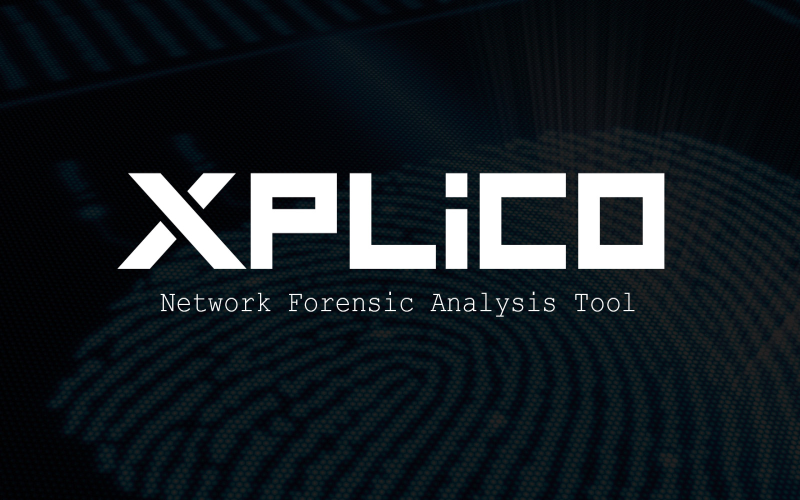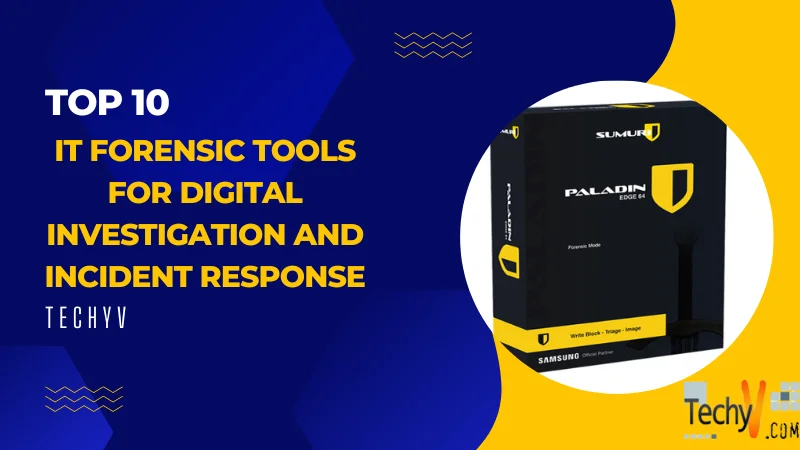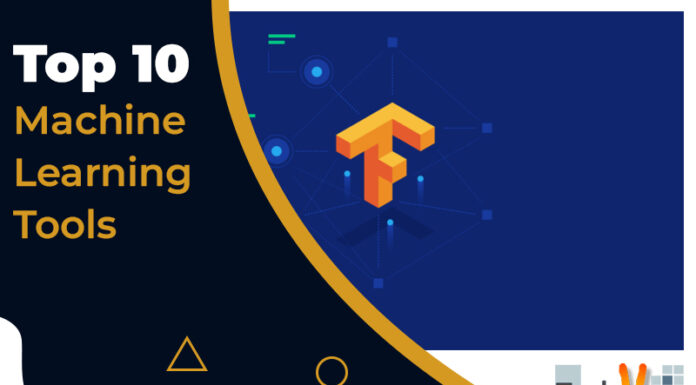Incident response teams leverage forensic tools examining system artifacts to unravel security breaches, insider threats, fraud, or policy violations across endpoints and networks. Specialized utilities reconstruct sequences of events, uncover malicious files or activity traces, and extract relevant evidence for investigations. With rising data volumes and attack sophistication challenging digital forensic analysis, practitioners need robust toolkits to automate mundane workflows while still allowing manual assessment of complex cases.
I outline the top 10 essential open source and commercial IT forensic tools stacking robust functionality, widespread adoption, and vendor support. The integrated toolkits collect and parse event data from diverse systems into timelines mapping user actions or intrusions while surfacing suspicious files, processes, registry modifications, and more for closer inspection. Customizable dashboards visualize high-level activity profiles highlighting anomalies to dig deeper into with domain-specific modules.
Yet, effective leveraging warrants appropriate training is given advanced capabilities. With a sound understanding of what artifacts matter and how tools encode system events into human-readable timelines, investigators piece together cohesive narratives. Proper tool selection, configuration, and updating remain equally key to supporting current OS versions or virtualization formats when responding across on-prem and cloud infrastructure.
1. Wireshark
The Wireshark open-source packet analyzer provides network traffic visibility critical for tracing malware connections, data exfiltration attempts, or insider misuse. Wireshark decrypts packets recording granular TCP and UDP sessions while mapping source and destination systems. The color-coded interface visualizes distinct traffic types for quick orientation across complex traces. Filters isolate specific IPs, ports, or protocols like DNS and DHCP transactions. Statistical graphs spotlight unusual volumes or connections indicative of issues. Yet Wireshark requires deep networking fluency to navigate noisy traces and identify truly suspicious behaviors.
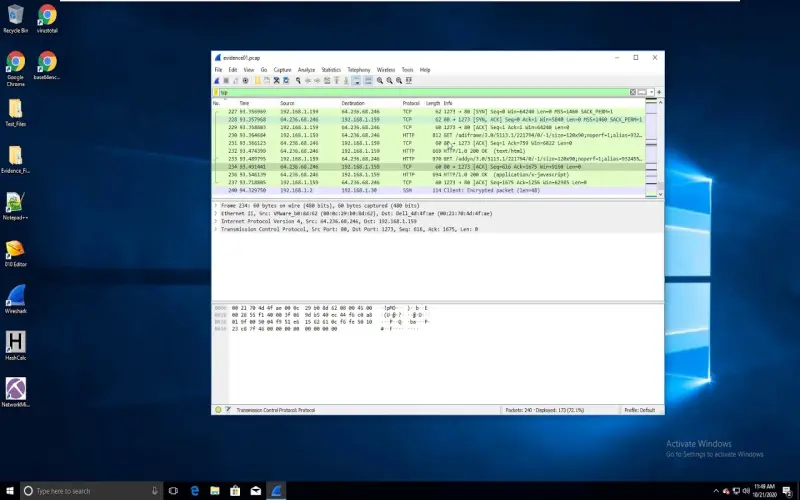
2. Oxygen Forensic Suite
Oxygen Forensics delivers an integrated commercial toolkit recovering artifacts from over 35,000 mobile apps and popular cloud services running on iOS, Android, Windows or macOS devices. Investigators extract location histories, messaging content, social media activity, file downloads, and more. Bulk analyzer options speed large cases with automated data ingestion and timeline generation surfacing key events. However manual review proves essential given the diversity of encoding schemes across apps and device types. Proper training and updating remain key to leveraging Oxygen’s full capabilities.
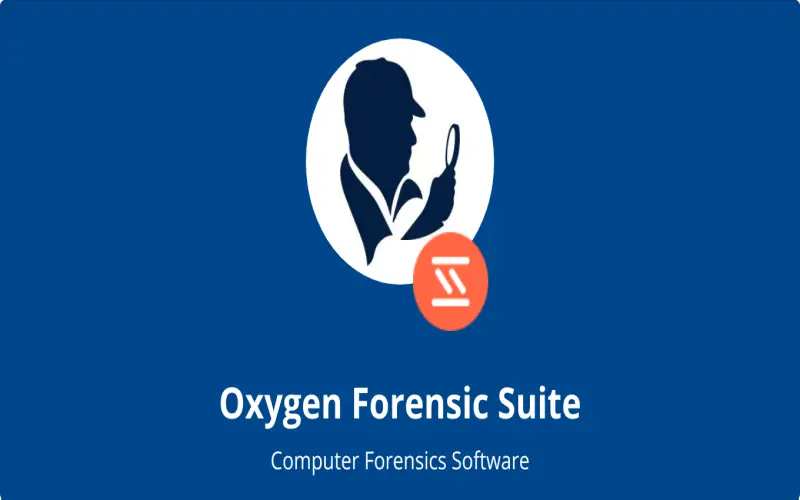
3. ProDiscover Forensic
ProDiscover Forensic focuses on creating interactive visual timelines mapping file modifications, account activity, and system events on Windows systems. The commercial tool parses event logs alongside file metadata like memory snapshots differentiating trusted actions from suspicious sessions. The interface displays unique visual icons indicating anomaly types for an easy overview before drilling into details. ProDiscover further allows exporting reports detailing investigative findings. Yet, advanced use cases demand training given rich capabilities compared to open source tools.
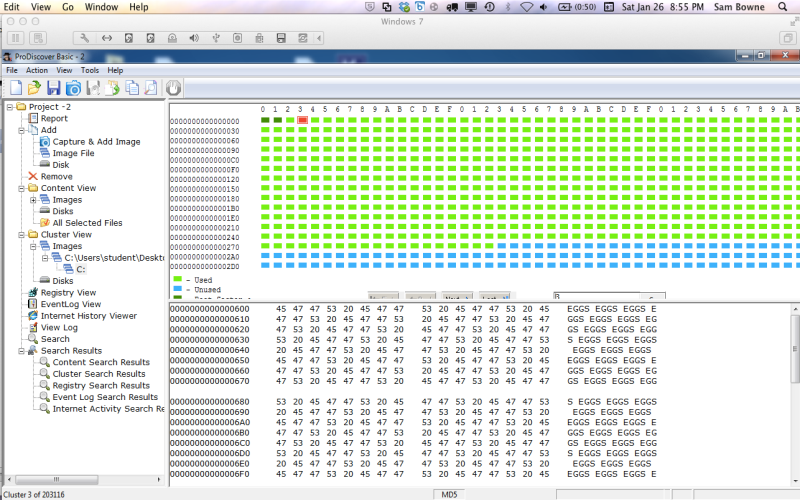
4. SIFT
The SANS Investigative Forensic Toolkit (SIFT) operates as a free Linux distribution tailored for forensic analysts and incident responders. SIFT integrates an array of open-source tools pre-configured for automation with seamless interoperability to streamline workflows. Users benefit from a stable, trusted platform with specialized functionality not available in traditional operating systems. Examiners leverage SIFT as a bootstrap mechanism for investigations, malware reverse engineering, and developing threat detection analytics. Core SIFT capabilities span timelines, endpoint scans, data carving, memory analysis, file system inspection, and network enumeration.

5. SANS MailXaminer
The SANS MailXaminer email investigation platform empowers examiners to visualize, analyze, and report on email data from both historical email stores and live traffic. Investigators utilize MailXaminer for internal investigations involving HR issues, regulatory requests, policy violations, unauthorized disclosure incidents plus external threats leveraging compromised accounts. MailXaminer integrates extensive processing engines to automatically normalize disparate data sets into an intuitive user interface. Users reconstruct email histories, uncover malicious attachments, expose hidden threads, and pivot searches across accounts and domains.

6. Volatility
The Volatility framework fuels Windows memory forensics and analysis across endpoint malware infections, intrusions, and data breaches. By accessing a memory capture, investigators uncover running processes, open handles, registry settings, loaded DLLs, hidden libraries, privileged accounts, unusual services, covert channels, and injected code. Volatility calculates hashes, automates searches, and inspects executables with YARA rules. Incident responders rely on Volatility to detect advanced threats, pinpoint command and control channels, expose credentials resident in memory only, and determine the investigation scope by enumerating compromised hosts. Using memory forensics, analysts resurrect activity that does not touch the drive and would evade conventional hard disk analysis.

7. The Sleuth Kit (+Autopsy)
The Sleuth Kit operates as an extensive library for file system and media management forensic analysis exposing hidden or obfuscated data on hosts. As a predominantly open-source offering, The Sleuth Kit executes drive imaging, data recovery, crypto detection, timeline construction, and metadata inspection capabilities. Users also leverage the framework to uncover indicators of compromise artifacts and reconstruct events surrounding cross-platform breaches. To streamline utilization, The Sleuth Kit integrates tightly with the Autopsy browser-based graphical interface. Autopsy provides modules to sort, filter, and visualize findings across multiple cases simultaneously.

8. X-Ways
The X-Ways forensic platform performs unified disk inspection, endpoint auditing, data recovery, intellectual property investigations, and incident response. Users praise the solution’s speed, interactivity and case management capabilities handling terabyte-plus disk volumes. To extract the maximum data from target drives, X-Ways incorporates hundreds of data parsing signatures alongside heuristic analysis to carve files lacking headers, footers, or other deletion artifact patterns. Investigators require X-ways to pinpoint data deletion and manipulation, prioritize directories with high counts of executables or office documents, and visualize custom keyword searches across unstructured data.
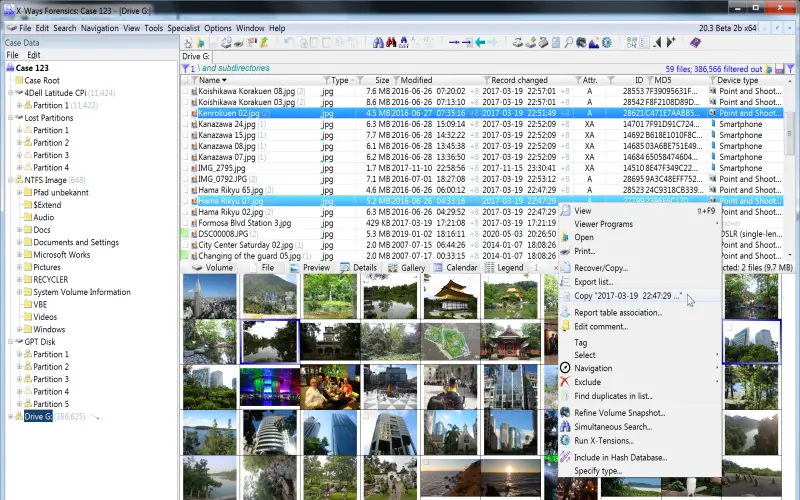
9. Paladin
The Paladin automated forensic platform speeds triage via intelligent data assessment, automated processing, and unified case management. Paladin connects to multiple evidence sources in the field or lab to rapidly baseline systems, identify anomalies, determine incident scope, and enable response decisions. Technicians configure Paladin to update processes as new malware or insider threat indicators emerge based on centralized intelligence. Paladin proves indispensable for backlog elimination given constantly growing data volumes and chip shortages delaying critical server/PC refresh cycles.

10. Xplico
Network forensics tool Xplico reconstructs sessions, extracts files, and generates statistical reports using deep packet inspection capabilities reassembled from network traffic captures. Security analysts and incident responders rely on Xplico for network protocol decoding, application-layer parsing, data carving and to sessionize communication sequences across infiltration attempts and data exfiltration attacks. Xplico integrates an intuitive web interface with a modular architecture so users enable only required protocol dissectors.
